Real Business Experience
12 Years of Product Design
How I created dozens of successful products from scratch while working as a Design Director for my own company.
Role
Design Derector
Design Derector
Duration
2010 - 2022
2010 - 2022
Tools Used
Brain (mostly)The Story
First Things First
In 2010, my wife and I founded the brand of accessories that is now known as Handwers. We started with the production of iPhone and iPad cases made from natural wool felt. Then we began to use natural leather, fabrics and other materials, and expanded our business to other areas.
Yeah, we like brown color
By 2022, under the Handwers brand, a range of wallets, bags, folios and other goods are being produced. We’ve worked with large companies and retail chains and sell all over the world via our own online store. Over the past years, we’ve developed and launched on the market about 100 unique models.
My Role
From the very beginning, I was the design director of the brand. Website design, identity, promotional materials, branding, etc. But my main task was to create products from scratch with their subsequent launch on the market.
I conducted researches, created designs, supervised the creation of the product at all stages. In general, I’ve been doing my best to make sure that the product was relevant to the market, looked unique and was excellent inside and outside.
I conducted researches, created designs, supervised the creation of the product at all stages. In general, I’ve been doing my best to make sure that the product was relevant to the market, looked unique and was excellent inside and outside.

Every detail counts
Process
The process of creating a new product usually looked like this:
- Market research, competitor analysis, user survey
- Making of a series of sketches of future products and discussion with the team
- Creating a detailed layout of the selected variant
- Selection of materials (and search for a new ones if needed)
- Creation of technical specifications and its coordination with production team
- Control of the creation of the first sample
- Inspection and testing of the sample, noting the shortcomings and defects
- Showing the sample on social media to collect feedback
- Discussing shortcomings and possible changes with the team
- Editing instructions and layout for production team. Repeating the procedure for creating and evaluating the result. And so on until the final, completely satisfying sample.
- Approving of the final sample together with the team
- Launching the product and quality control of the first batch
- Setting a task for a photographer
- Continuous collection of product feedback through social networks, direct comments from buyers and sales evaluation
- Working on a possible updated version of the product if the brand concept has evolved or a list of claims/wishes from users has gathered
Experience
For 12 years in design field, I’ve learned how to turn ideas into finished products that meet the market expectations. I successfully applied my innate sense of beauty and attention to detail. Most of what I created was interesting, of high quality and in demand. Customers like the brand and the products. Of course, there were also failures, and I learned from them a lot. The main conclusion from such mistakes is that what you like is not necessarily what others like. It’s better not to adjust reality to your desires.
One of our bestsellers, the 'Mangart' backpack
Solving complex (and sometimes dead-end) problems is probably the most valuable experience I’ve gained. It wasn’t always possible to implement the idea right away and it was necessary to go through many solutions before a viable product was obtained. Hundreds of sketches, drawings, thoughts and discussions often helped in solving unsolvable problems eventually.
Remote Work
We started working remotely before it was cool. Just a few years after the foundation of the brand, I began to live far from Moscow, where the office and production were located. As a result, I worked remotely for more than 7 years. Not very common for this type of business, but it turned out to be quite doable. Communication with employees, production, partners and everyone else took place through chats or calls. Samples of products and materials were delivered by courier services. I learned to delegate absolutely everything to which I should not have been directly involved.
The Workflow
I’d like to show how I worked on the example of creating the collection of accessories called Heritage.
My role: design, research (partially), ideation, launch.
Problem
In Handwers, we initially aimed at the middle price segment of the market. Our main products are made of expensive materials, R&D cost is quite high, hence the retail price is also high. Based on several years of sales, communication with customers and market analysis, we have decided to release a less expensive collection based on our popular models. At that moment, less expensive leather accessories from local manufacturers were mostly handmade products made of thick leather.

It's... HUGE
Analysis
We asked customers (both active and potential ones) what they look for the most when choosing a new accessory for personal use. The most popular answers were design (desire to stand out), functionality (it should fit in the pocket after all), moderate or cheap price (of course). In general, we need to create relatively inexpensive functional products, with a design different from the classic one.
Ideating
We took a number of our popular models as a basis and added some new ones. As a result, we have a list of 8 models. We needed to minimize production costs, so we decided to keep only one layer of dense but relatively thin leather. This significantly reduced the cost of production, while at the same time defined the aesthetics of the collection and limits of the functionality of the products. It was supposed to be compact and functional products that look like handmade and are inexpensive. The collection got the name Heritage, and blue became the base color of it (which immediately visually distinguishes it from other products on our website).
Designing
Sketches
It all started with sketches, as usual. After going through various options, we settled on eight products.
Specifications
To make the first prototypes, I created mock-ups of future products, thought over the dimensions and arrangement of elements.

Specifications
To make the first prototypes, I created mock-ups of future products, thought over the dimensions and arrangement of elements.
Prototypes
After some time, the first prototypes were ready. Some of them turned out great on the first try, others went through several iterations before I was completely satisfied.
Tests
Before launching into production, we tested new products in daily life for a while. This allowed us to identify and correct several flaws.

Tests
Before launching into production, we tested new products in daily life for a while. This allowed us to identify and correct several flaws.
And finally, after a few months, the new Heritage collection was released.
Result
As a result, we achieved our goal and released 8 models of less expensive, but no less attractive products, of which 6 have stood the test of time and exist to this day. Products from this collection have taken a prominent place in the structure of our sales. We attracted a new audience and increased the total number of sales. The collection has also helped us maintain demand during the covid-19 crisis. As expected, the products are also in good demand among corporate clients.
That's how I've been creating non-digital products in Handwers. In addition, as mentioned above, I worked on the digital side of our brand. For example, you can read how I solved the problem with tracking numbers in our online store.